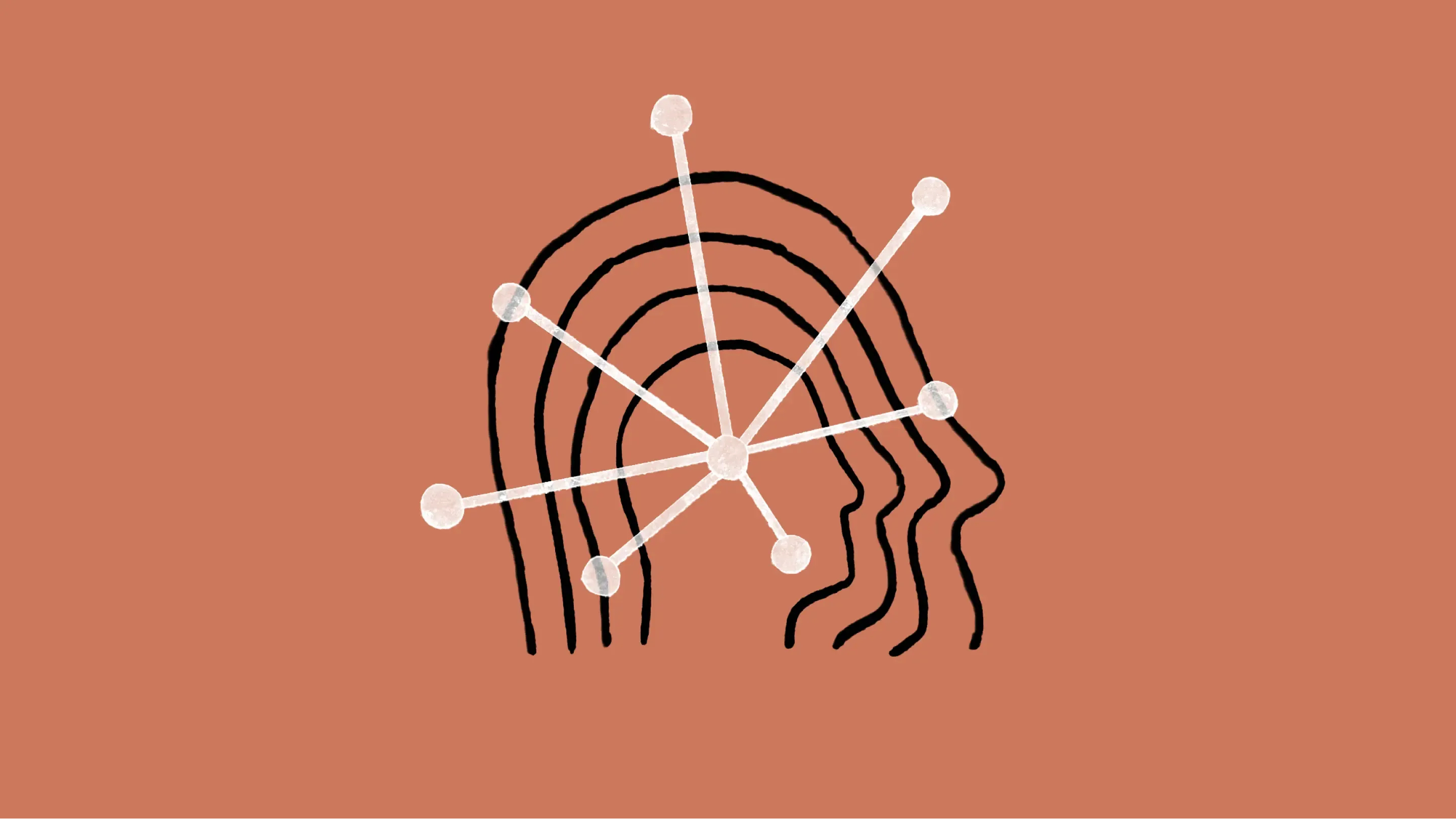Insurance company Prudential has partnered with Google to use generative AI (GenAI) to improve the accuracy and efficiency of medical claim decisions.
The company says it is one of the first insurance providers globally to use MedLM, a set of foundation models which are designed for the healthcare industry and aim to help build solutions for doctors, hospitals, and other medical providers.
The move comes after several proof-of-concept tests found that the use of these models doubled the automation rate of claim reviews and improved the accuracy of claims decisions, allowing Prudential to handle more claims at a faster rate.
The technology will be used in Singapore and Malaysia where Prudential will analyse documents submitted alongside health insurance claims such as diagnostic reports, prescriptions and invoices.
It will be used with select medical insurance claims made in those countries over a period of three to four months, after which Prudential will compare the AI’s analysis and advice to actual decisions using current approvals processes during this time.
Prudential said MedLM will support human decision-making with its ability to extract relevant information and code it accurately for claims, which helps to reduce the potential for errors caused by manual data entry, so claims can be processed faster and more accurately.
“Prudential’s early tests with MedLM demonstrate that generative AI can play a major role in efficiently tackling the growing volume of health insurance claims, resulting in more frictionless processing and a faster turnaround time for customers,” said Arjan Toor, chief executive of health at Prudential plc. “We’re proud to pioneer this innovative approach to using MedLM to support our operational efficiency as we continue to expand our health insurance offering – while delivering our mission to be the most trusted health partner for customers in Asia and Africa.”
Latest News
-
The top technology trends to expect in 2026
-
The most read National Technology News stories of 2025
-
Lyft and Uber sign deals with Baidu for robotaxi trial in London
-
Nextdoor launches AI-driven self-serve ads platform for small businesses
-
Italy's antitrust fines Apple €98.6m over alleged App Store dominance
-
Visa partners with UAE real estate firm to launch voice-enabled agentic commerce payments
The future-ready CFO: Driving strategic growth and innovation
This National Technology News webinar sponsored by Sage will explore how CFOs can leverage their unique blend of financial acumen, technological savvy, and strategic mindset to foster cross-functional collaboration and shape overall company direction. Attendees will gain insights into breaking down operational silos, aligning goals across departments like IT, operations, HR, and marketing, and utilising technology to enable real-time data sharing and visibility.
The corporate roadmap to payment excellence: Keeping pace with emerging trends to maximise growth opportunities
In today's rapidly evolving finance and accounting landscape, one of the biggest challenges organisations face is attracting and retaining top talent. As automation and AI revolutionise the profession, finance teams require new skillsets centred on analysis, collaboration, and strategic thinking to drive sustainable competitive advantage.
© 2019 Perspective Publishing Privacy & Cookies


.jpg)





Recent Stories